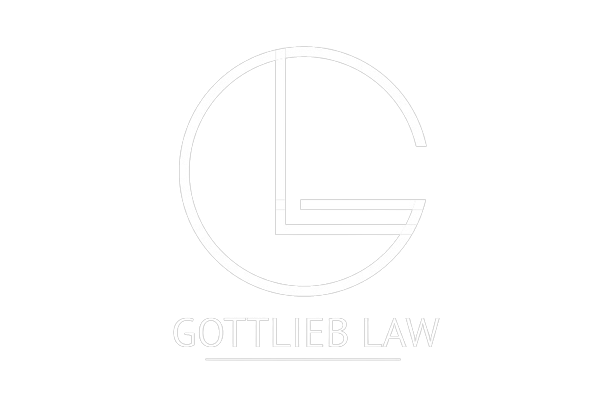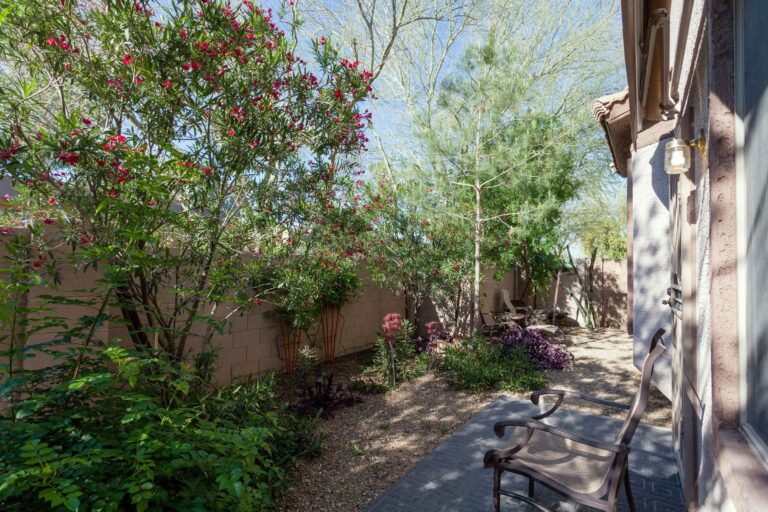Gottlieb Law, PLC provides this article for information purposes only and nothing herein creates an attorney-client relationship. You should not take any actions in reliance on any of the information contained herein without consulting with qualified legal counsel first and reading this article is not a proper substitute for seeking legal advice of your specific situation. Laws change over time and you should seek counsel to discuss any specific legal questions.
Navigating the intricacies of property ownership can seem like a daunting task, especially when you don’t know when your property legally begins and ends. Whether you’re a homeowner looking to install a new fence, a prospective buyer considering a purchase or simply someone curious about the legal boundaries that define your land, it is helpful to have a grasp on the regulations that govern property lines.
In the following guide, we’ll break down Arizona’s property line and fence laws to provide the knowledge you need to make informed decisions about your property.
What Is a Property Line?
Understanding the concept of a property line is fundamental when it comes to property ownership and legal boundaries. A property line is essentially the demarcation that legally separates one parcel of land from another. It serves as the boundary where one person’s land rights end and their neighbor’s rights begin. In some cases, there are physical boundaries like fences, trees or shrubs that mark the property lines. Surveyor’s markers, deeds and other legal documents also serve as official records.
A property line forms the basis for property ownership and defines the extent of your control over your land, so it is critical to consider what purpose they serve:
Ownership: Property lines determine the area that you legally own. Anything within these boundaries belongs to you, including the land, buildings, and any improvements you’ve made.
Rights and Restrictions: Property lines also establish your rights and restrictions. For instance, you have the right to use your land for various purposes within the confines of the law, but you must adhere to zoning regulations, which dictate how you can use your property.
Responsibilities: Knowing your property lines is crucial for understanding your responsibilities. For example, you’re typically responsible for maintaining and repairing structures or features that fall within your property boundaries, such as fences, trees, and sidewalks.
Boundary Disputes: When property lines and boundaries are contested it can lead to a court action for resolution. These disputes can lead to legal issues and potentially affect your property value and peace of mind.
Property Line and Fence Laws in Arizona
Arizona state law does not include many property line and fence laws, instead leaving the intricacies to cities and homeowners’ associations (HOAs). Phoenix, Tucson and Flagstaff all have zoning regulations, and a neighborhood’s CC&Rs may dictate the location and color of any fence within the community.
In regards to fences along property lines, the state takes a common law approach and gives both parties on either side of the fence responsibility of their mutually owned property. Therefore, maintenance and upkeep of property fences in urban and suburban areas is typically shared by neighbors. This also means one neighbor cannot remove or modify a shared fence without the input of the other neighbor.
How to Address Property Line or Boundary Disputes
Unfortunately, this approach to shared fences can lead to a day in court if there is a border dispute. These disputes occur when neighbors disagree about property lines, often due to unclear deeds, survey errors or simple misunderstandings. Resolving these issues is paramount to protect your property rights, so follow these steps before involving a judge and jury:
- Review Property Deed: Start by checking your property deed, which provides the legal property description.
- Open Communication: Discuss the facts presented in both deeds and your neighbor’s goals. Sometimes, compromises like selling a portion of your land or agreeing to an easement can resolve the matter.
- Consult a Real Estate Attorney: If discussions fail, seek a real estate attorney with experience in boundary disputes to help with settling the matter fairly.
“No Fence” Districts in Arizona
In rural Arizona, fencing regulations primarily revolve around statutes related to livestock management. These regulations, namely A.R.S. 3-1424, classify certain areas into “no fence” open-range districts where livestock can roam freely. In a “no fence” district, the responsibility for property damage caused by wandering livestock falls on the livestock owner. However, residing in such a district doesn’t prohibit you from having a fence; it simply assigns liability for damage to the correct party. In districts not designated as open range, property owners are responsible for damage caused by stray livestock.
When Is a Fence Required in Arizona?
In Arizona, there’s a legal requirement for fencing, but it applies solely to swimming pools. According to A.R.S.36-1681, you must have a pool enclosure if your pool is 18 inches deep or more, wider than eight feet, and intended for swimming. When a fence is required, it has to be certain criteria:
- Minimum height of five feet.
- Positioned at least 20 inches away from the water’s edge.
- Free from openings that would allow a spherical object with a 4-inch diameter to pass through.
- Gates must reach 54” in height with latches that self-close.
- Designed with gates that swing outward away from the pool area.
Navigate Property Line & Fence Laws With an Experienced Real Estate Attorney
Having great representation from an experienced real estate attorney can help homeowners resolve common legal disputes before they become a major issue. The attorneys at Gottlieb Law have provided clients with exceptional legal representation on all types of real estate matters from common disputes to complex transactions. Contact our firm today at 602-899-8188 to schedule an initial consultation or make an appointment on our contact us page.
Gottlieb Law, PLC provides this article for information purposes only and nothing herein creates an attorney-client relationship. You should not take any actions in reliance on any of the information contained herein without consulting with qualified legal counsel first and reading this article is not a proper substitute for seeking legal advice of your specific situation. Laws change over time and you should seek counsel to discuss any specific legal questions.

